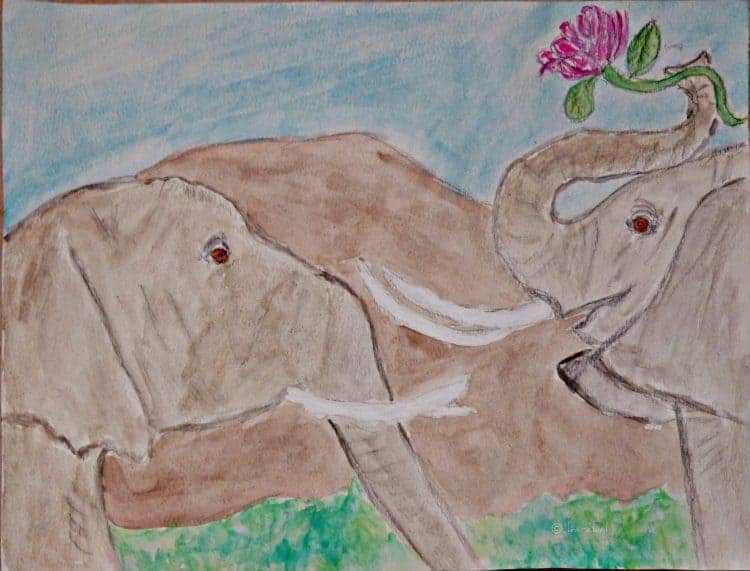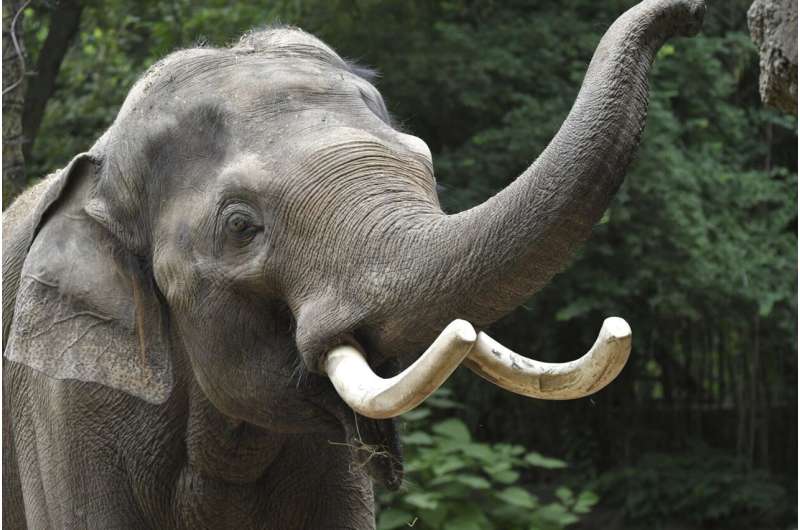Have you ever wondered how small beetles that thrive beneath the surface of Africa’s savannas? These unassuming creatures, dung beetles, have a fascinating relationship with the larger animals like elephants that roam these open lands.
Dr. Frank Krell, a veteran research entomologist from the Denver Museum of Nature & Science, has spent over two decades looking into the world of dung beetles in East Africa. Alongside his wife, ecologist Sylvia Krell-Westerwalbesloh, Dr. Krell undertook a three-year-long study deep within the savannas of East and West Africa.
Their recent findings, published in The Science of Nature, reveal a captivating dynamic within the African grasslands. Standing on these vast plains, one might not realize they are in a dung beetle paradise.
The researchers found that human waste can vanish in under thirty minutes, thanks to the diligent work of dung beetles. However, the process becomes more intricate with elephant dung.
While studying in Kenya’s Laikipia region, the team observed that elephant dung attracted a significantly different and larger number of beetles. The researchers collected two balls of elephant dung, one exposed during the day and the other at night, and recorded the results.
Their observations were astounding. The “day bolus” attracted just over 3,300 beetles, but as night fell, the number surged to an incredible 13,399 beetles by dawn. On average, two pounds of elephant dung can sustain about 13,400 beetles. Given that an elephant produces around 320 pounds of dung daily, a single elephant can Support over 2 million dung beetles in one day.
Extrapolating these numbers to the Laikipia-Samburu ecosystem, which houses between 5,000 and 7,500 elephants, the researchers estimated a staggering 14 billion dung beetles across an area of about 21,000 square miles—roughly the combined size of Maryland and New Jersey.
Though the African savanna elephant is not near extinction in East Africa, it is classified as threatened by the International Union for Conservation of Nature and has disappeared from other parts of the continent.
The potential disappearance of elephants from these areas would have profound implications for the dung beetle populations that rely on them. While some beetles might adapt to other food sources, the loss of elephants would disrupt the Support system for billions of dung beetles.
This intricate relationship highlights the beautifully orchestrated symphony of our natural world. The health of the savanna ecosystem is closely tied to its largest inhabitants. Elephants and dung beetles play vital roles, and monitoring their populations is crucial for understanding ecological balance.
Researchers are collecting data to improve Conservation strategies and advocate for protective policies. By focusing on both species, we contribute to preserving the complex web of life in the African savanna, promoting a healthier planet for future generations.
Exploring dung beetles reveals not only their critical role in the ecosystem but also the delicate balance in nature. So, the next time you see an elephant or a dung beetle, remember the intricate dance they share in the vast African savannas.
This article by Trinity Sparke was first published by One Green Planet on 31 July 2024. Image Credit :Hein Myers Photography/Shutterstock.
What you can do
Help to save wildlife by donating as little as $1 – It only takes a minute.







Leave a Reply